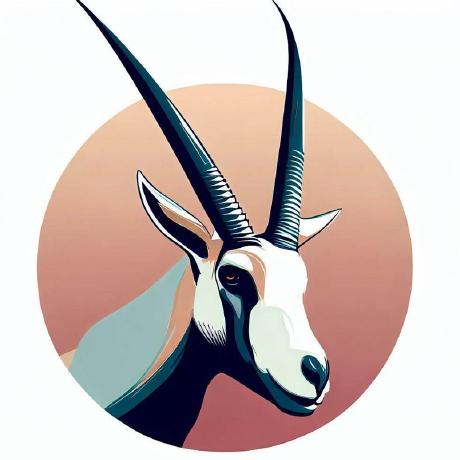Discover and explore top open-source AI tools and projects—updated daily.
tarsier by  bytedance
bytedance
Video-language model for high-quality video descriptions and video understanding
Top 62.6% on SourcePulse
Tarsier is a family of large-scale video-language models designed for high-quality video description and general video understanding. It targets researchers and developers working on advanced video AI applications. The models achieve state-of-the-art results on various benchmarks, offering strong video captioning and understanding capabilities.
How It Works
Tarsier employs a simple yet effective architecture: a CLIP-ViT visual encoder and a Large Language Model (LLM) decoder, connected by a projection layer. Frames are encoded independently and then concatenated before being fed into the LLM. This approach is enhanced by a two-stage training strategy: multi-task pre-training on a large dataset (40M video-text pairs for Tarsier2) and multi-grained instruction tuning. This meticulous training process, including fine-grained temporal alignment and Direct Preference Optimization (DPO), allows Tarsier to achieve superior performance.
Quick Start & Requirements
- Install: Clone the repository, checkout the
tarsier2branch, and runbash setup.sh. - Prerequisites: Python 3.9 is recommended. Environment parameters for Azure OpenAI Service may be needed for specific evaluations.
- Models: Download checkpoints from Hugging Face (e.g.,
omni-research/Tarsier2-Recap-7b). - Data: Benchmarks like DREAM-1K and TVBench need to be downloaded separately.
- Demo: Online demos and CLI/Gradio demos are available.
- Docs: Tarsier Technical Report
Highlighted Details
- Tarsier2-7B(-0115) achieves state-of-the-art results across 16 public benchmarks, including video captioning, VQA, and grounding.
- Outperforms GPT-4o in human side-by-side comparisons for video description (Tarsier2-7B-1105).
- Introduces DREAM-1K, a challenging benchmark for fine-grained video description, and AutoDQ for evaluation.
- Tarsier-34B achieved SOTA on 6 video understanding benchmarks and comparable performance to Gemini 1.5 Pro.
Maintenance & Community
The project is developed by ByteDance Research. Recent releases include Tarsier2-7B(-0115), Tarsier2-Recap-7B, and the Tarsier2 Technical Report. Links to Hugging Face model repositories and datasets are provided.
Licensing & Compatibility
The repository does not explicitly state a license in the README. Users should verify licensing for model checkpoints and datasets, especially for commercial use.
Limitations & Caveats
The Tarsier2-7B(-0115) model, while strong in video captioning, may exhibit limited instruction-following capabilities due to its post-training focus. A version with improved instruction-following is planned.
2 months ago
Inactive

 X-PLUG
X-PLUG mira-space
mira-space mbzuai-oryx
mbzuai-oryx EvolvingLMMs-Lab
EvolvingLMMs-Lab showlab
showlab ShareGPT4Omni
ShareGPT4Omni facebookresearch
facebookresearch Vision-CAIR
Vision-CAIR yunlong10
yunlong10 DAMO-NLP-SG
DAMO-NLP-SG LargeWorldModel
LargeWorldModel